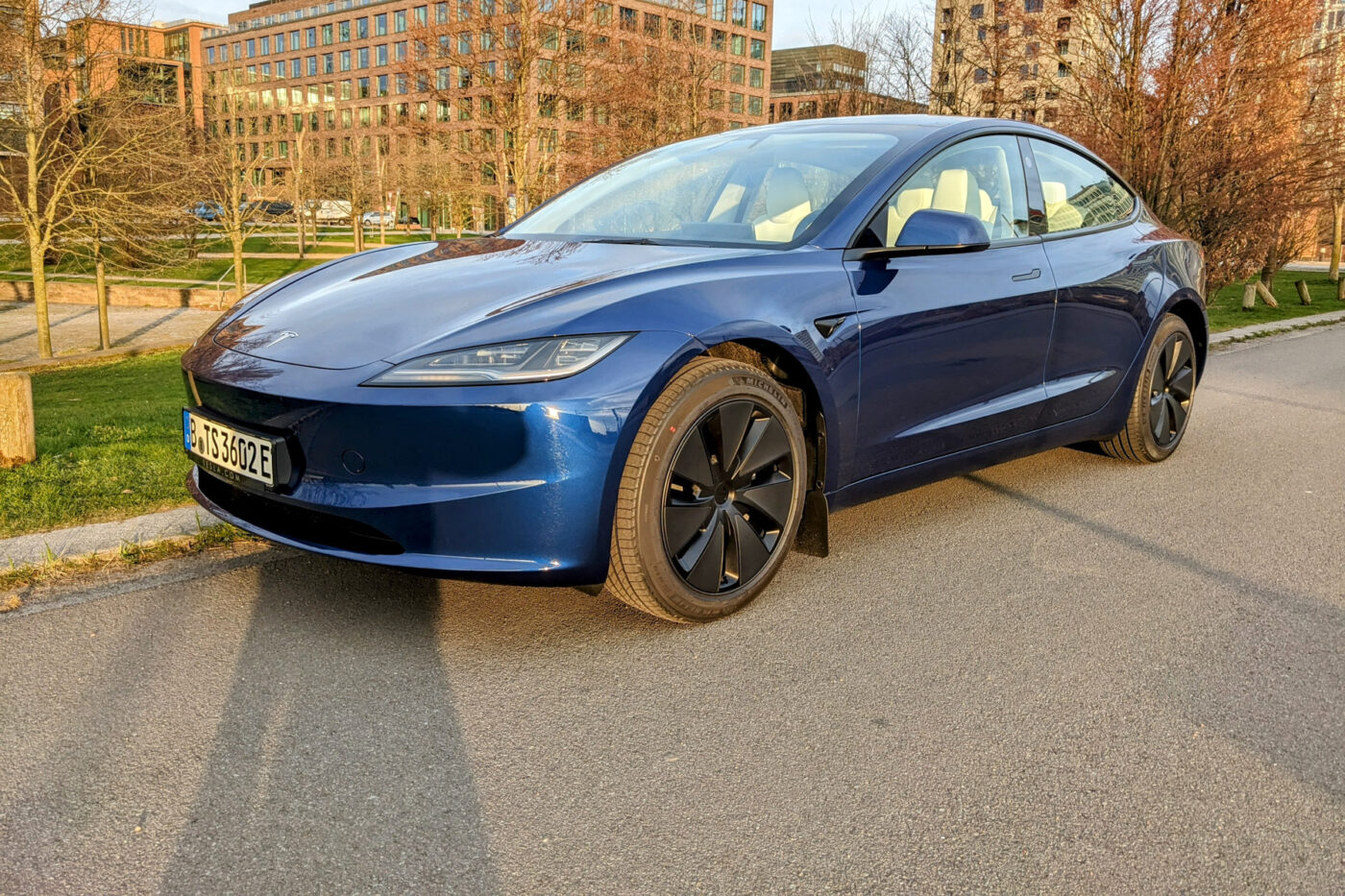
Tesla Model 3 Highland: noticeably better, but not perfect
Success can sometimes be measured in numbers: The German Federal Motor Transport Authority (KBA) reported precisely 15,865 newly registered Tesla Model 3s for 2023. The electric saloon is ahead of the formally comparable Hyundai Ioniq 6 (5,589 units) or the established BMW i4 (12,869). Four years after its market launch, it is time for a thorough review and an extensive test drive. After 706 kilometres in the Model 3 Highland Long Range (from €51,990), it is clear that the debate about the lack of indicator and gear selector levers is exaggerated. What characterises this electric car is the combination of sensational efficiency and improved noise insulation.
The Model 3 itself is well known. In contrast to the Model Y, it has less space and no boot lid. On the other hand, it is much more agile, pleasantly direct and playful to drive. The significantly revised suspension setup of the Highland is a success. Potential customers should not expect a BMW. However, weaknesses such as the under-damped rear axle have been remedied. The Model 3 is safe to drive even at higher speeds and remains comfortably sprung.
More effective noise insulation, high body rigidity
The chassis’ more effective noise insulation significantly contributes to the overall comfort. There was a recognisable need to catch up here compared to the competition: A quiet electric car also looks and feels more upmarket. The body rigidity is as high as ever. There was no cracking in the interior or even creaking from the steering wheel, as was occasionally found in very early production units.
For the exterior design of the Model 3 Highland, Tesla employed the usual industry recipes for a facelift. Inside, attention to detail took precedence. There is a small central control panel for passengers in the rear seats. Among other things, the front passenger seat can be adjusted forward from here. The height-adjustable seat belt, for example, is an improvement for the front. A minor detail? Yes, but it’s a plus for safety.
The indicator buttons polarise
The discussion about the Model 3 Highland primarily centres around the operating concept. Tesla has replaced the indicator lever with buttons on the steering wheel, and the gear selector (P, D, R and N) has been moved to the left edge of the centre screen. A haptic button above the interior mirror in the roof lining operates the hazard warning lights.
In terms of usability, it would have been nicer not to integrate the touch buttons one below the other (it could be operated blindly due to a defined ridge between them) but on the left and right of the steering wheel, as is the case with the Toyota bZ3. Subjectively, the only annoying thing was the flashing lights when exiting a roundabout, because you first have to look at the steering wheel to indicate the correct direction. As this layout is certainly not intuitive and not suitable for everyone, a test drive is essential before buying.
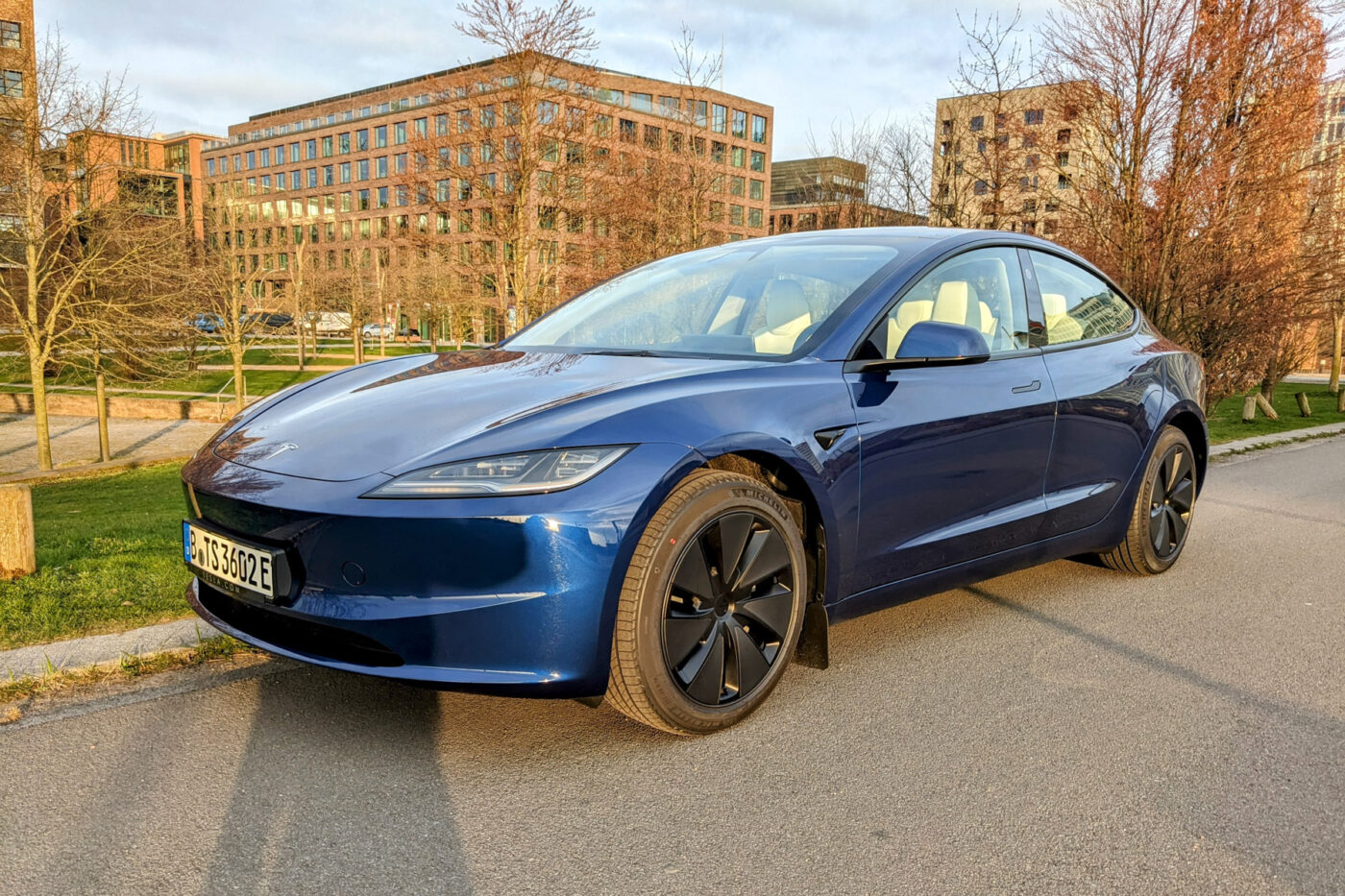
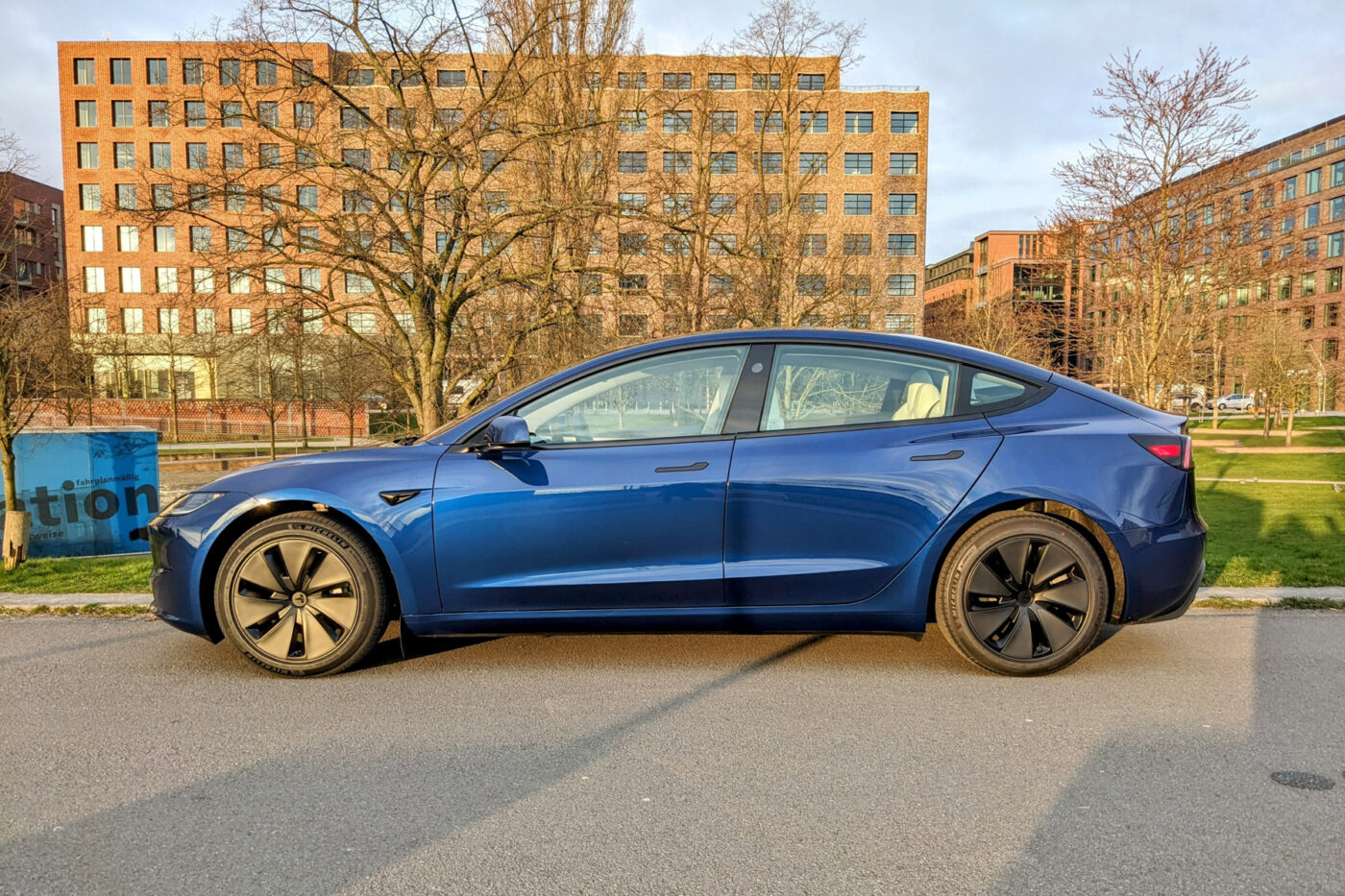
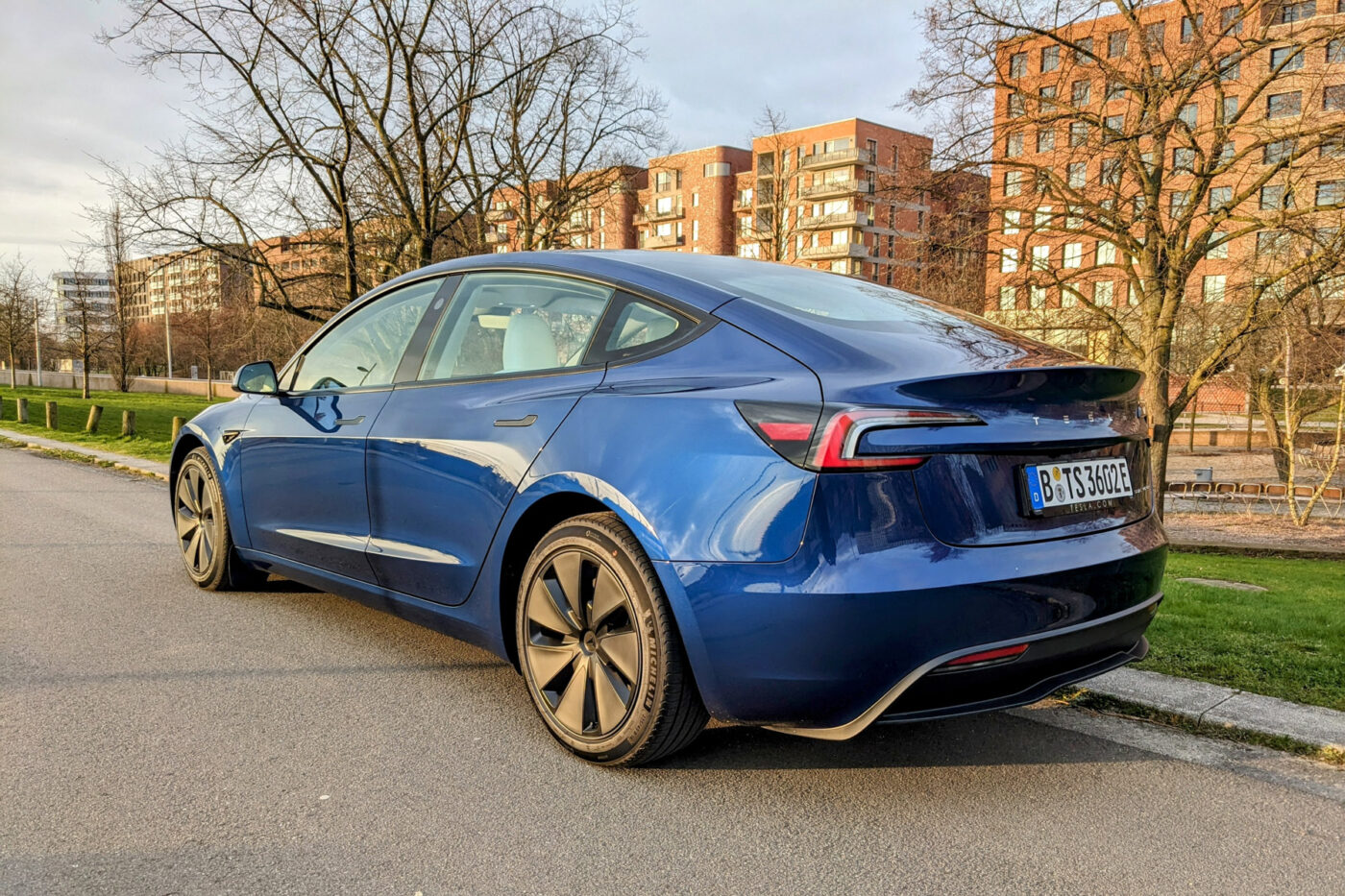
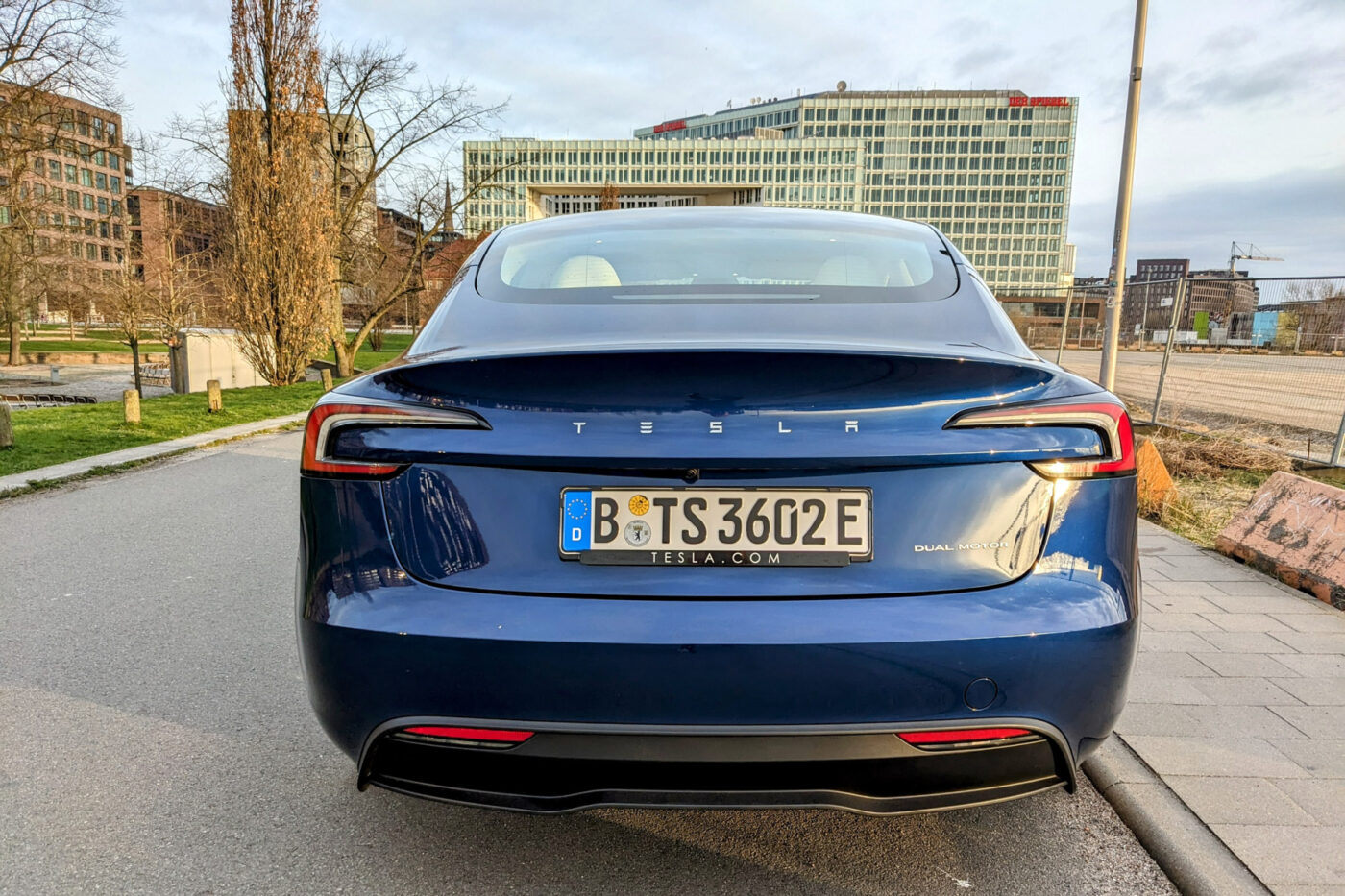
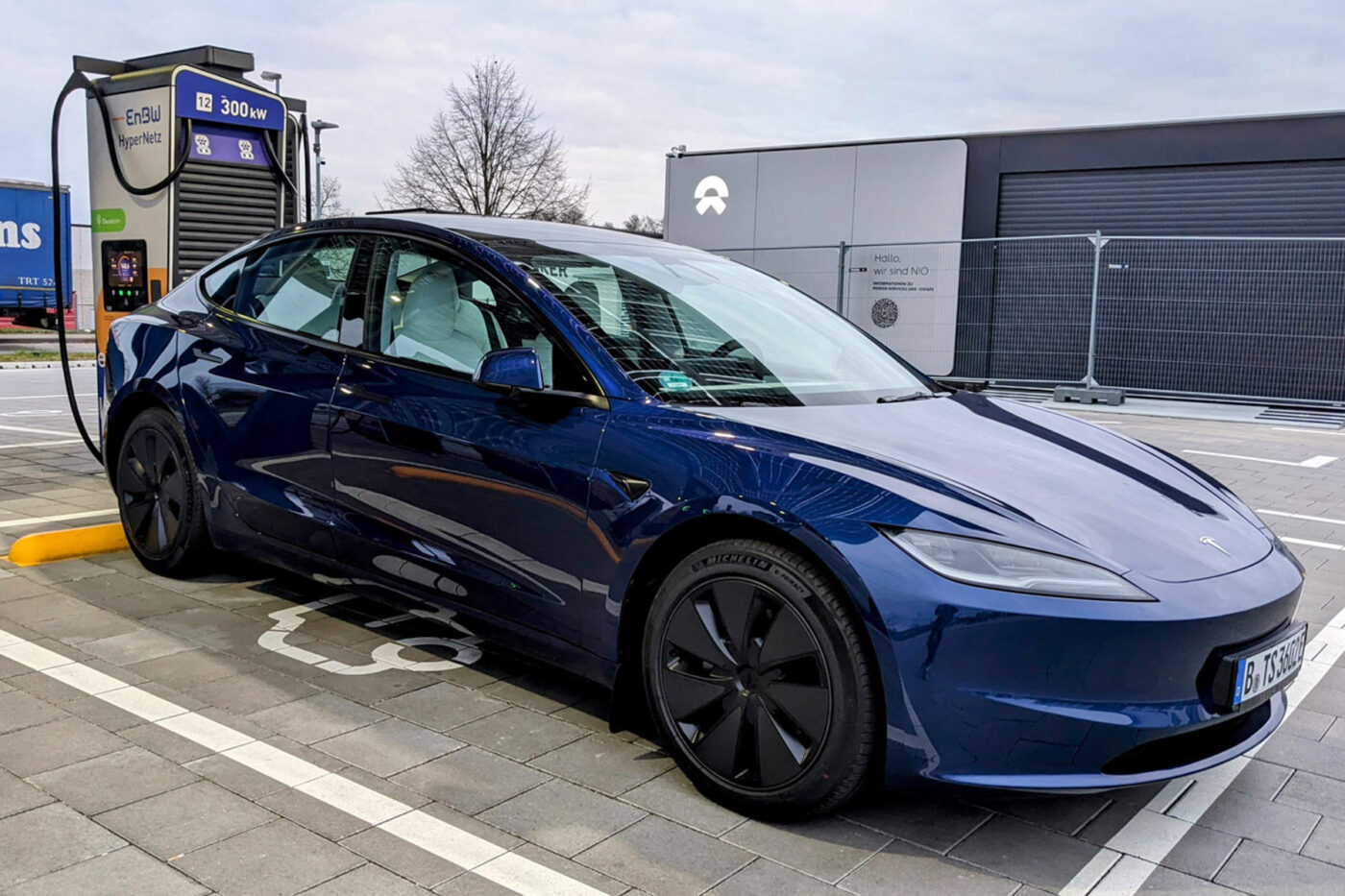
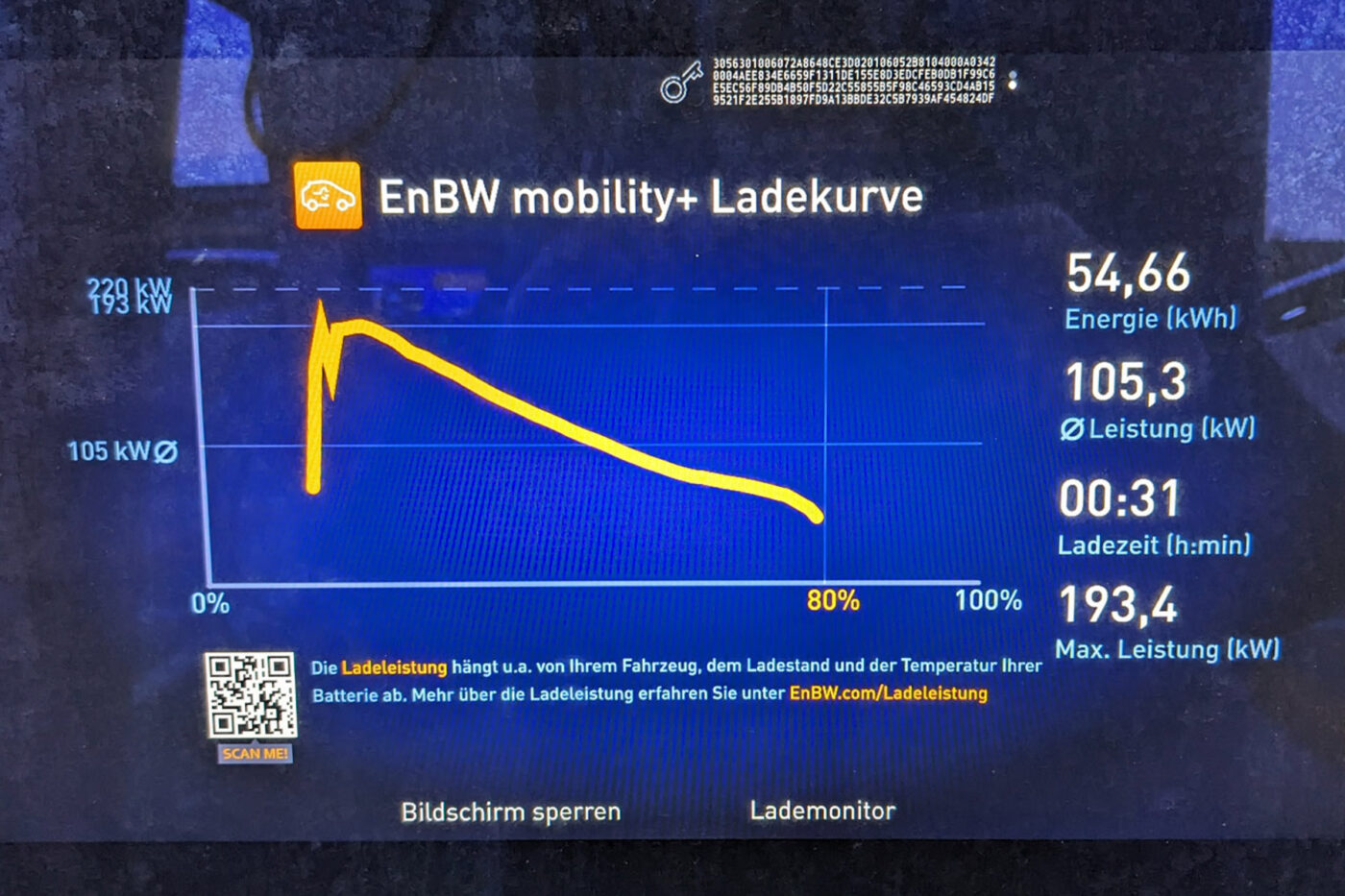
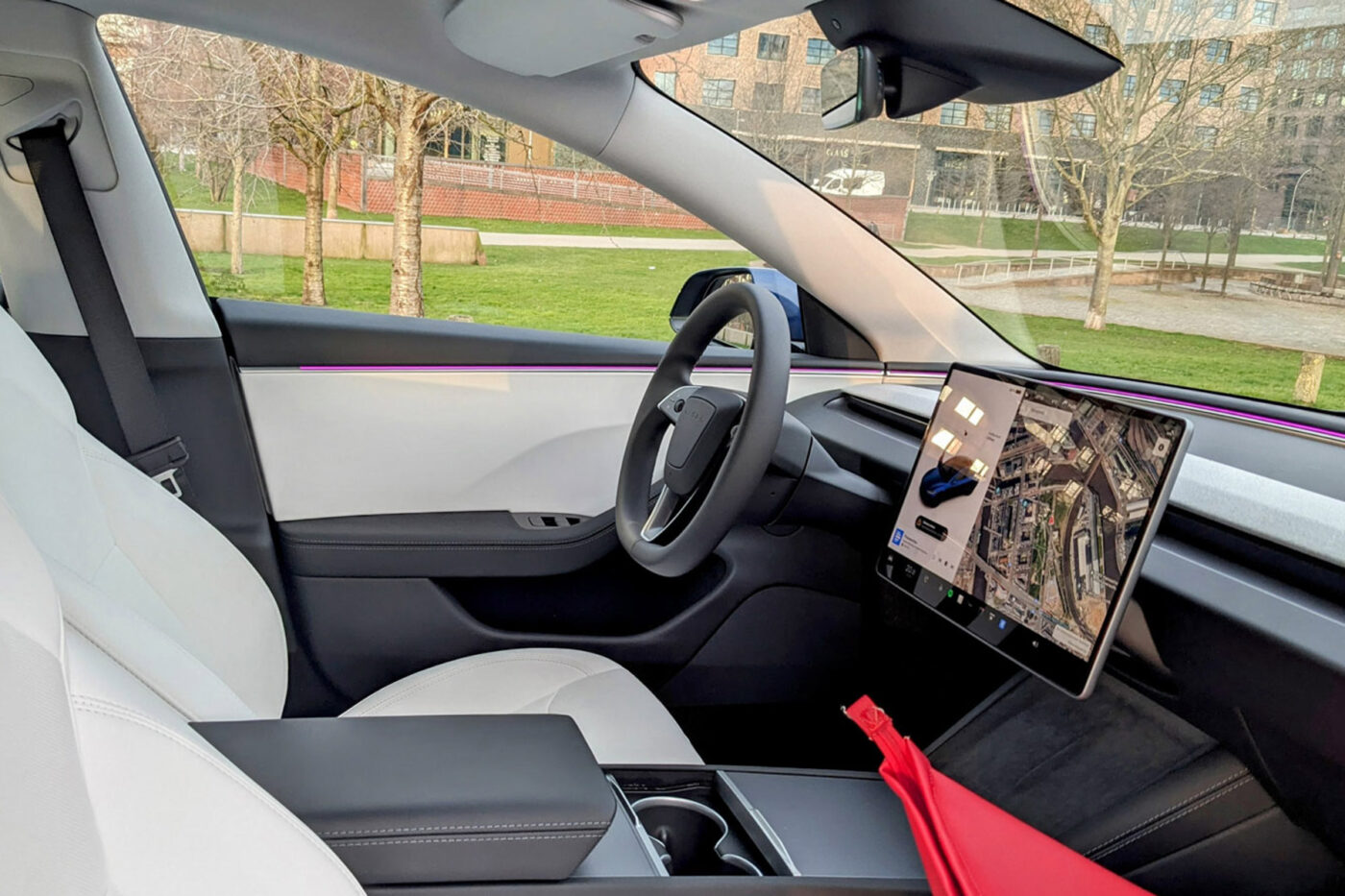
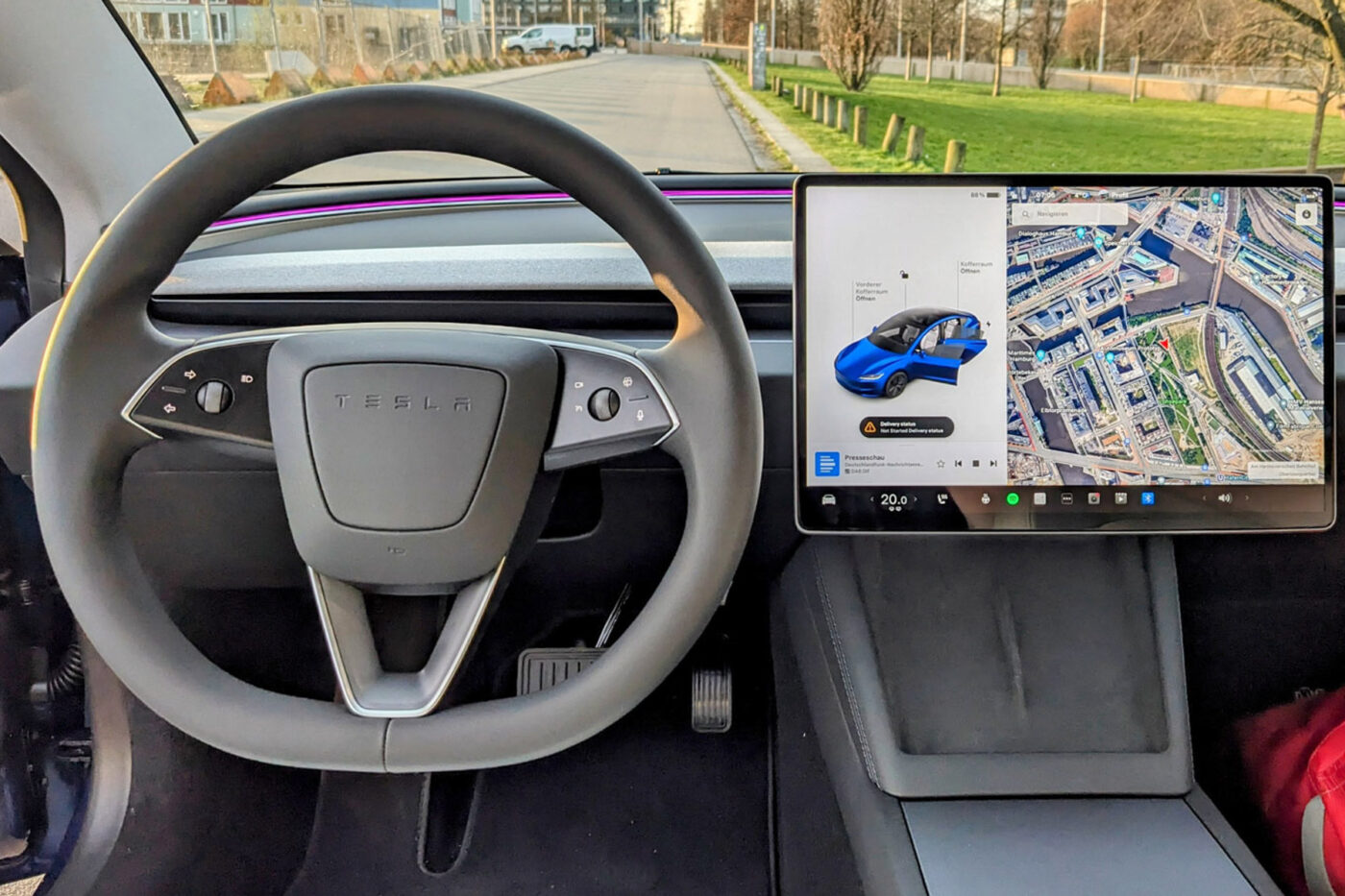
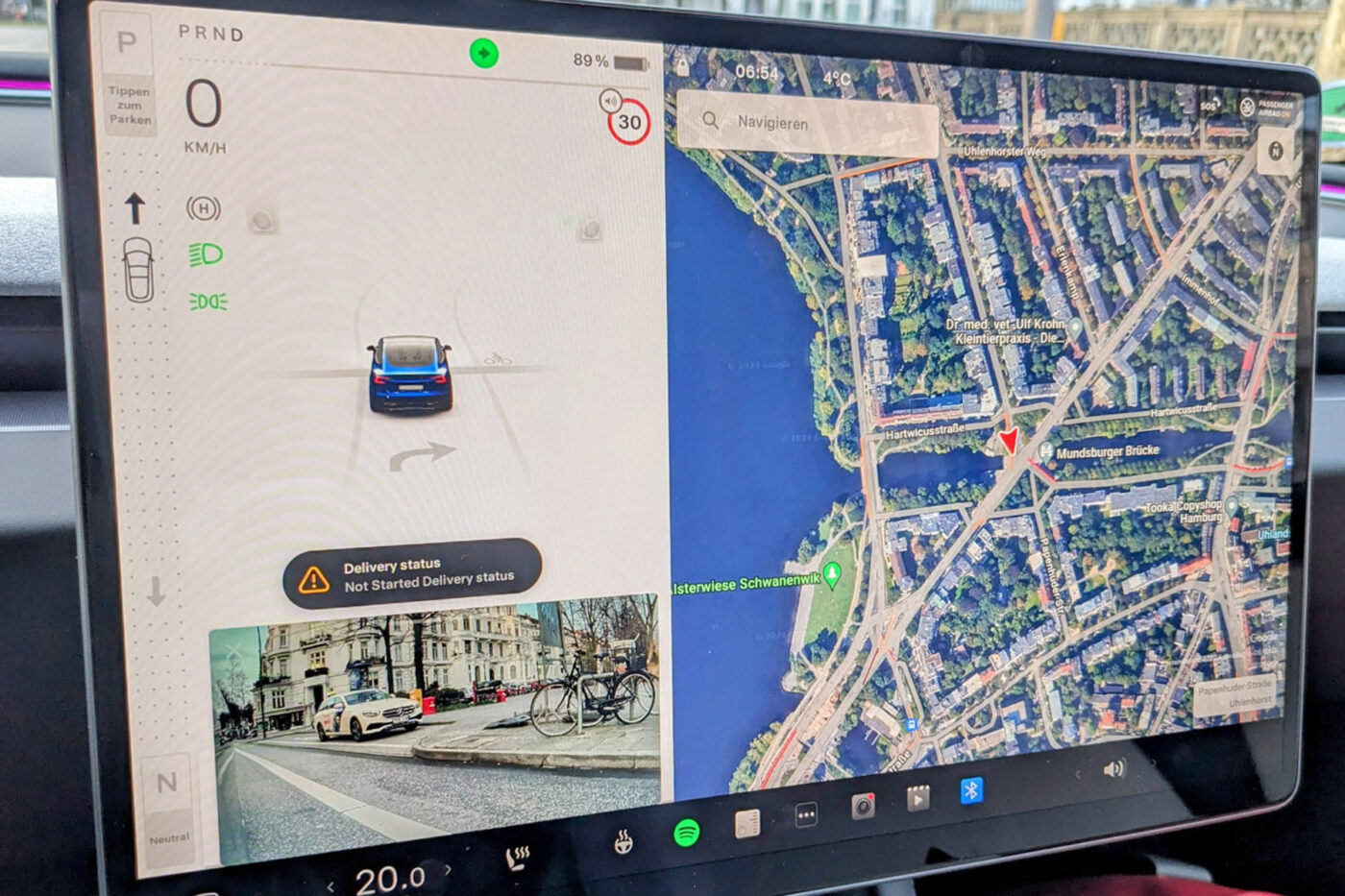
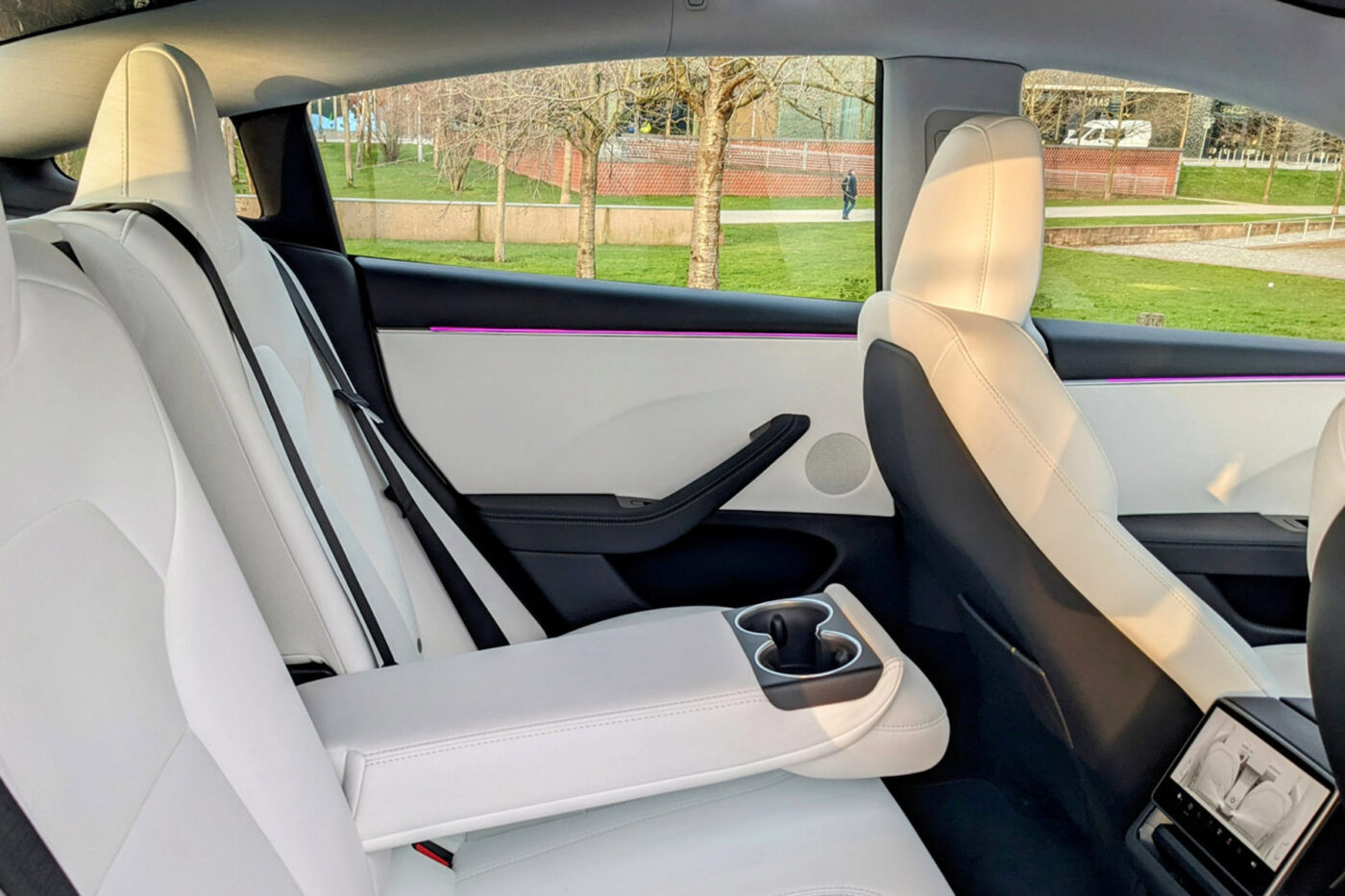
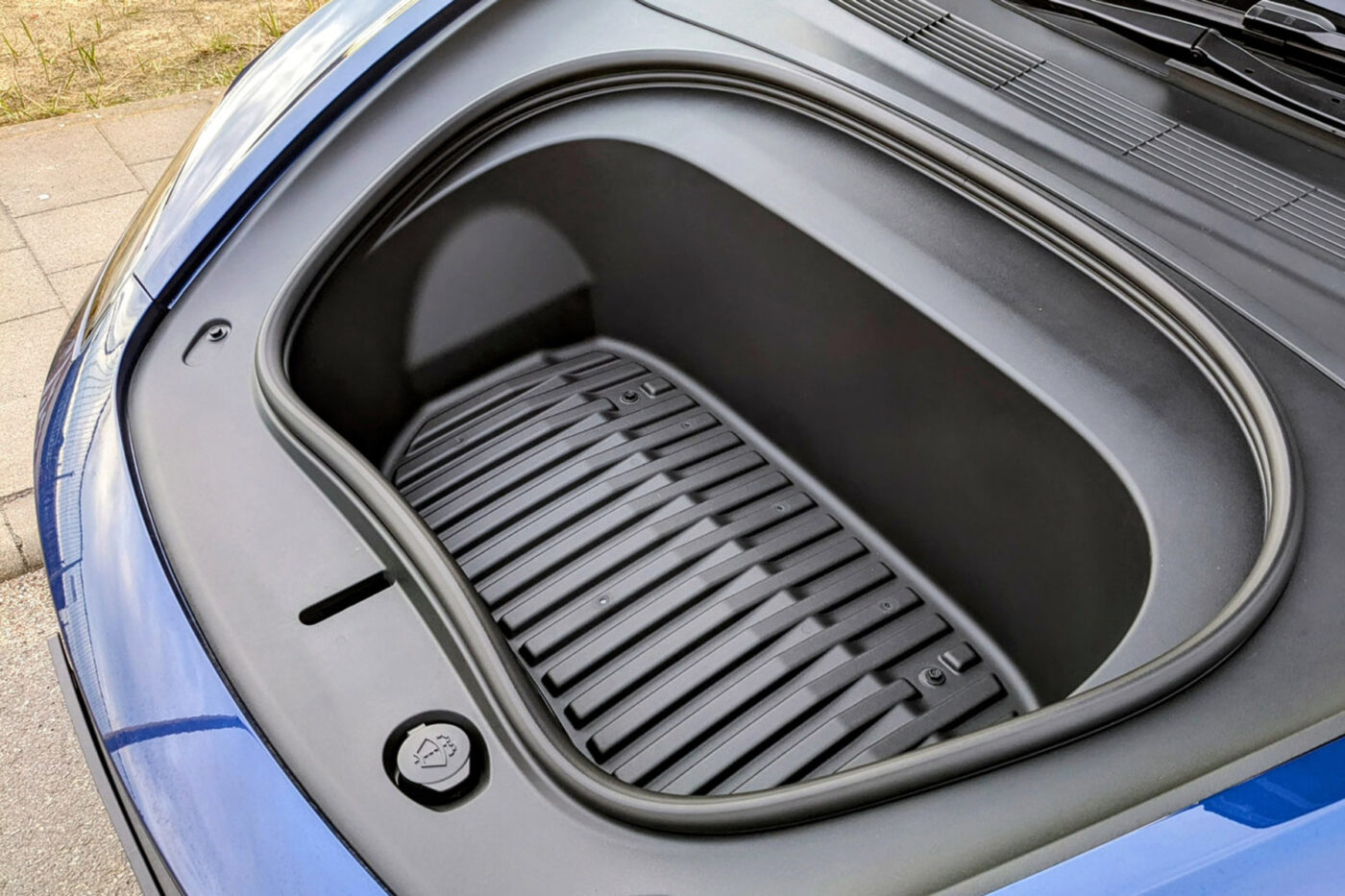
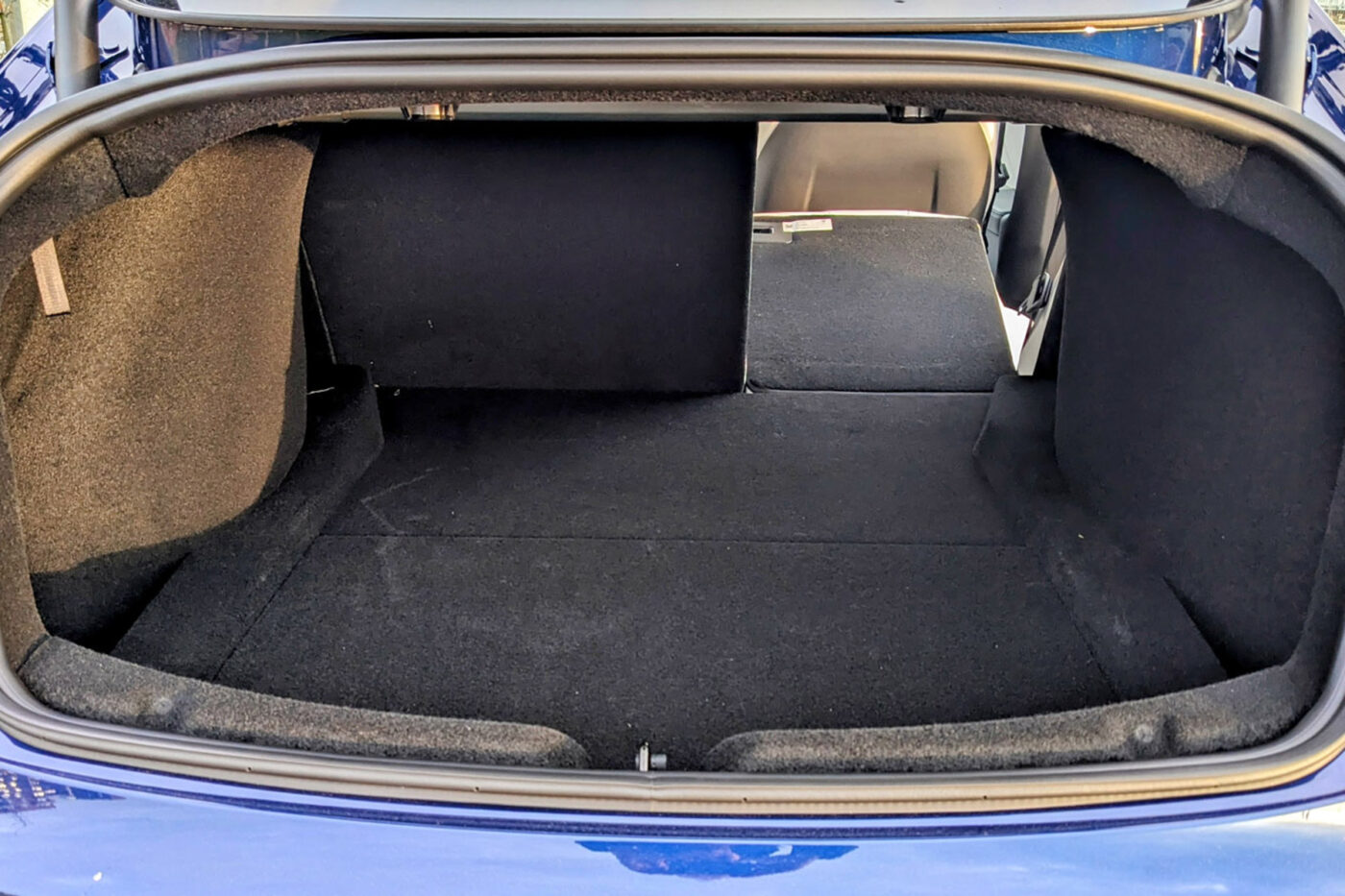
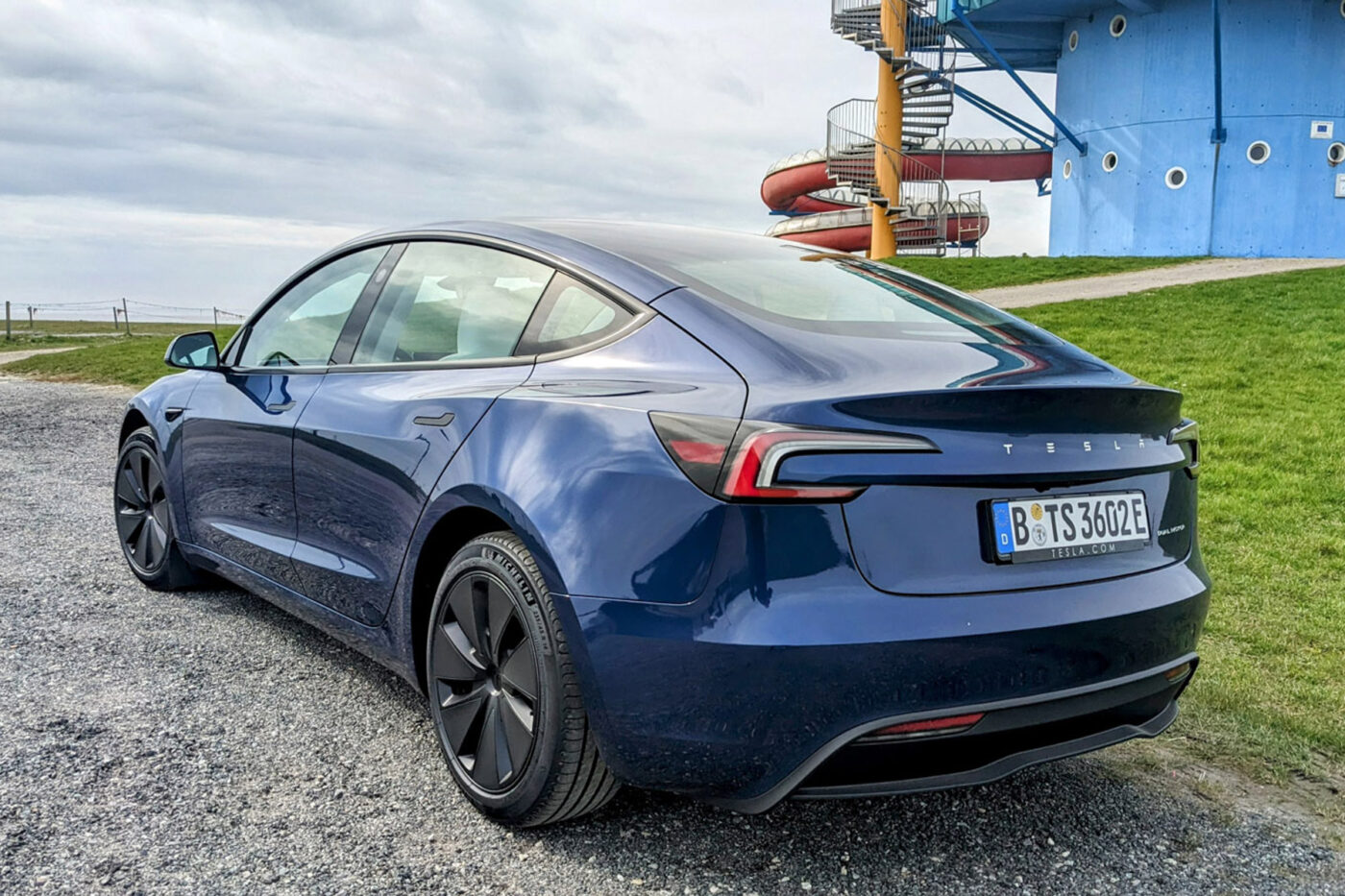
It is notable that the indicator perfectly distinguishes between the desire to change lanes using the tap function with conventional lever operation in the city or on the motorway and turning at traffic lights. The Model 3 probably recognises this via the position on the road map and the steering angle.
Waiting for FSD 12.3 for Europe
The new assistance systems will be required by law from July, is the acoustic warning when the speed limit is exceeded. The double bing-bing can be muted by tapping the speed limit symbol (where the transfer to the Autopilot was previously confirmed manually). Most manufacturers have introduced a universal switch-off button because traffic sign recognition is too often deficient. Unfortunately, it is also in the Tesla Model 3, which regularly displays incorrect speeds and completely ignores town signs.
In general, the Autopilot system no longer represents the current state of assistance systems in the competitive environment. Too often, the Autopilot decelerates even though there is no need to: for example, when oncoming cars are approaching on a country road or when two trucks are overtaking in the third lane of the motorway. In at least two cases, the car recognised an emergency, even if the actual situation was not dangerous: phantom braking.
Another flaw in the test car was a sporadic and non-reproducible vertical vibration in the steering wheel at 120-130 kph, accompanied by a low-frequency humming sound. It is worth mentioning because although this is a rare occurrence, it is not an isolated case, as a search in the Tesla forum shows.
Super-efficient, long range
Electricity consumption, on the other hand, was outstanding. The average over 706 kilometres was just 15.9 kWh/100km. Admittedly, the external conditions were good in the mild northern German spring with no wind. Nevertheless, the route includes a high proportion of highway driving, which pushes up the average value.
At a recommended speed of 130 kph, the onboard computer showed just 16 kWh/100 km. The assumed energy content of 79 kWh (Tesla does not provide factory specifications) results in a range of almost 500 kilometres. The WLTP standard value with the Photon 18-inch wheels fitted is 678 kilometres, with the discrepancy due to the poor weather conditions.
The values read in flowing city driving (12.7 kWh/100km) and on a cross-country tour (11.4 kWh/100km) were also first-class. For short periods on country roads, even less than 10 kWh/100km were recorded. The other end was marked by an aggressively taken section on the motorway and up to top speed: more than 30.5 kWh/100km was not possible.
Charging speed only average
The enormous range and super efficiency make up for the charging time. It took 28 minutes to charge from 21 to 80 per cent at a Supercharger V3. On a 300 kW charger from EnBW, it took 31 minutes for 14-80 per cent, making for a rather average rating. Preconditioning is now possible with all providers via destination guidance. The Alpitronic Hypercharger HYC300 DC charging station widely used by EnBW is limited to 500 instead of the 625 amps for the Superchargers. However, this increase can only be converted into a marginal reduction in time at even lower initial charge levels. Teslas can also briefly charge with more than 200 kW at the newer HYC400s.
Alternatives Hyundai Ioniq 6 and Model 3 basic version
Two competitors are faster. Firstly, there is the Hyundai Ioniq 6, which impresses with its long range and excellent efficiency. In the real-world test, the Ioniq 6 needs 20 minutes or less to get from 10 to 80 per cent. You don’t buy the Hyundai because of its design but despite it.
The second alternative is the basic version of the Model 3 Highland. It costs €9,000 less (€42,990), has rear-wheel drive instead of all-wheel drive and less power (6.1 instead of 4.4 seconds) and, above all, the LFP cells from BYD. We were able to test drive this powertrain in a Tesla Model Y and were impressed: Tesla controls the LFP cells so skilfully that even with the 400-volt system and in wintry outside temperatures, it took 20 minutes for the standard stroke from ten to 80 per cent.
Nevertheless, the Tesla Model 3 Highland Long Range is the recommendation for all those people who regularly travel on the motorway. The efficiency is astounding, the noise level is reduced, and driving is a pleasure. With all-wheel drive, traction in wet conditions and on snow is better than with rear-wheel drive only. The Model 3 remains a successful overall package – the only thing Tesla needs to improve is the assistance systems.




1 Comment